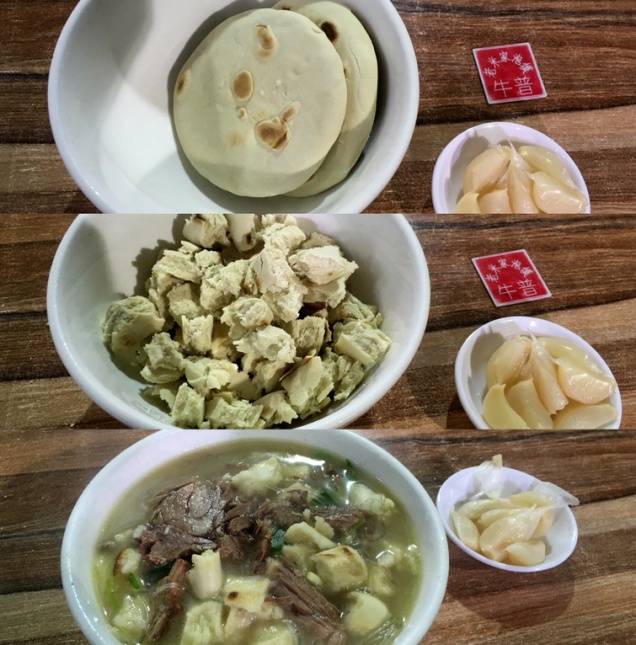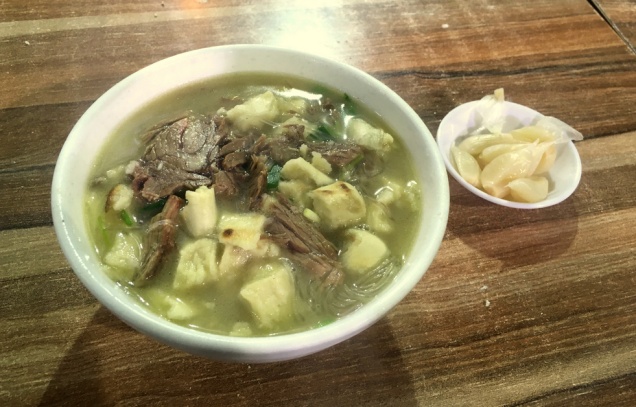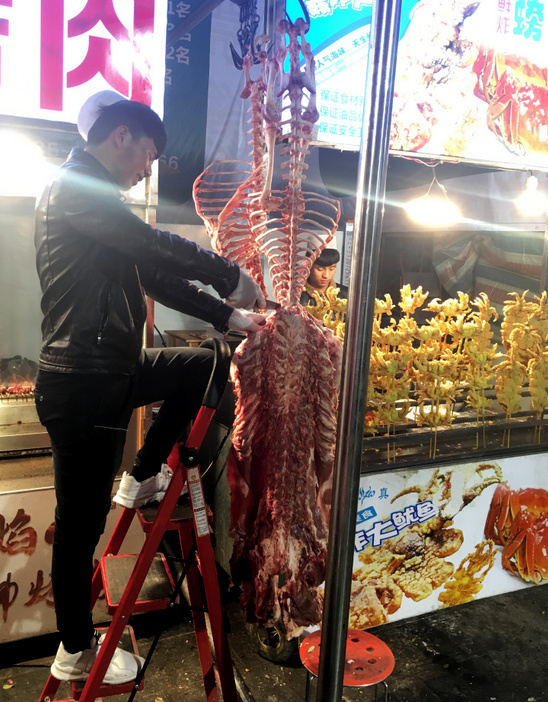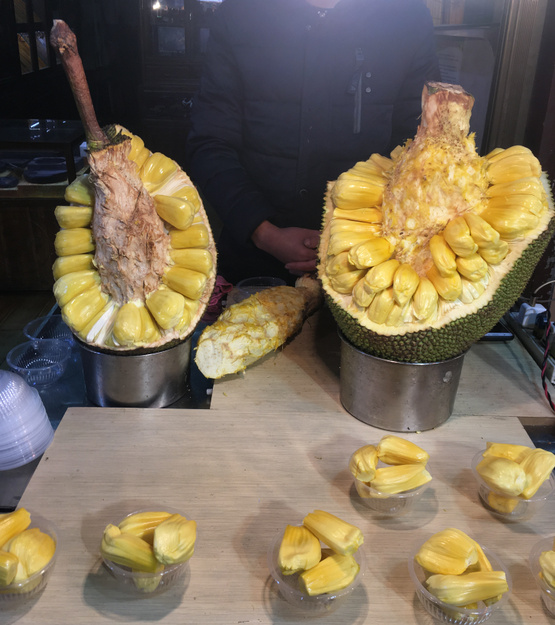My short trip to Xiamen (pronounced Shaman, like the chanting, spiritual witchdoctor) left me recharged and deeply relaxed. Xiamen is one of the most comfortable major cities in China- the city is mainly comprised of a large island off the Fujian coast. In the 1980s it was one of four SEZ (Special economic zone) that led China toward modernization and economic prosperity.
That being said it is neither overdeveloped nor inhumanely capitalist in feeling, which is the dreary reality and fate for many of other China’s mega cities and early SEZs. The population sits at 3.5 million; there are numerous parks, the skies are blue, and the coastal breeze is much appreciated.
The name Xiamen means “doors to the mansion”- after losing the Opium Wars, Xiamen became an entrance point for European powers to conduct their business and governance in China. The tiny Gulangyu Island is a short ferry-ride away, and it is here that the Westerners built their consulates and homes. 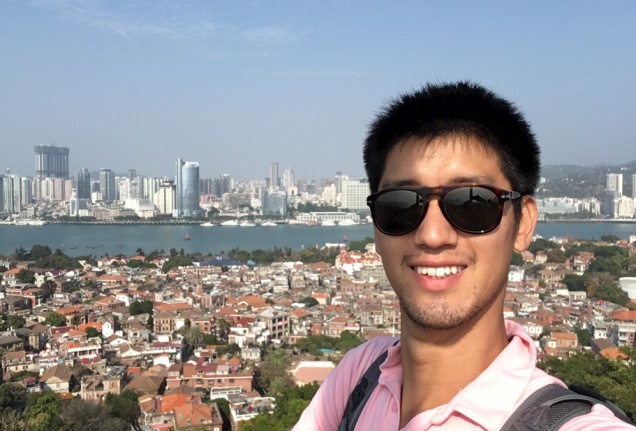 Many of the buildings are still standing today – although in various stages of decay – and their terracotta roofs still paint a magnificent picture of what the island looked like a century ago.
Many of the buildings are still standing today – although in various stages of decay – and their terracotta roofs still paint a magnificent picture of what the island looked like a century ago. 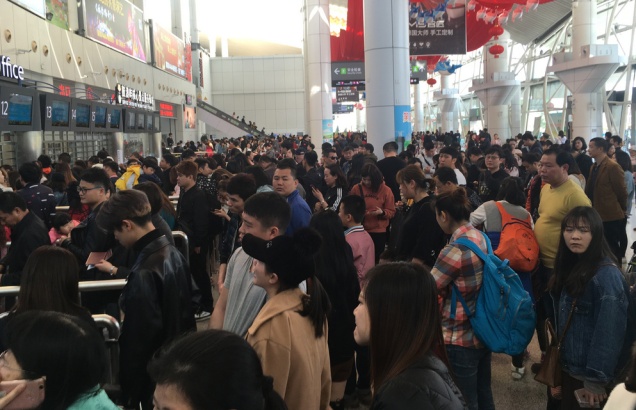
The tourist ferry port to go Gulangyu was even busier than some train stations and airports I have been to in China- expect long lines, and bring your passport as always! I got into a screaming match with a couple who definitely cut me in line, (I parroted off some propaganda I see regularly about traveling with class “文明旅行!!! 听过没?”, which in retrospect is an un-classy thing to say to a stranger ) but two minutes later I was over it and completely #unbothered since we would be stuck on the same ferry anyway.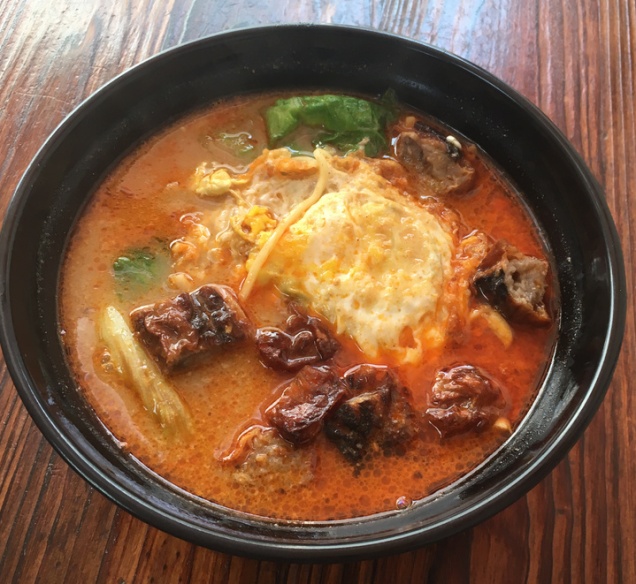
One of the best local dishes here is an inexpensive bowl of 沙茶面 (Satay Noodles). The broth is rich with south-east Asian spices and there’s always the option to add an egg and some mish-mash meat rolls for more flavor.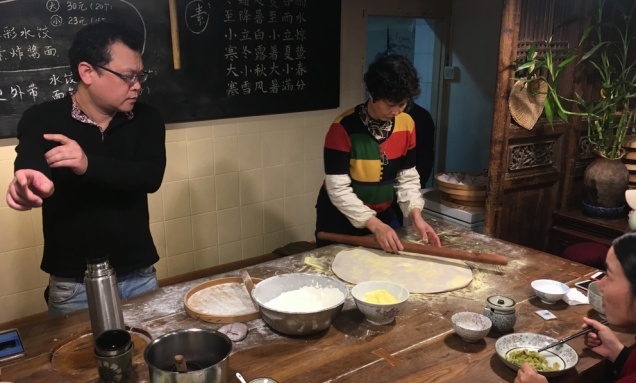
I also found a small restaurant serving handmade vegetarian dumplings and noodles, where the dough for the noodles was being kneaded on one end of the table, and the patrons sat at the other end eating the finished product. An intimate and comfortable experience, though I was nervous for the little boy (the owner’s son, I assume) whose fingers were constantly in the vicinity of the fast moving knives.
Xiamen gets an A+ for urban planning. A wide pedestrian/ biking boulevard surrounds much of the perimeter of the island, so traveling from district to district became a pleasant and scenic experience. A pair of highways have been built out over the ocean, which makes for some dramatic night photography.
The coolest neighborhood in Xiamen is Shapowei (沙坡尾)made up of low-rise buildings from the early 20th century. Most storefronts have been converted into cafes and specialty restaurants, and I spent several evenings here wandering around, stopping for the occasional snack and drink.
I wonder what Xiamen will look like a decade from now – if its urban population will double, if the island will drown under thousands of new high rises, if traffic will snarl the heart of the city… but hopefully the city can retain its coastal cool, and hold tight its history as the doors to China.
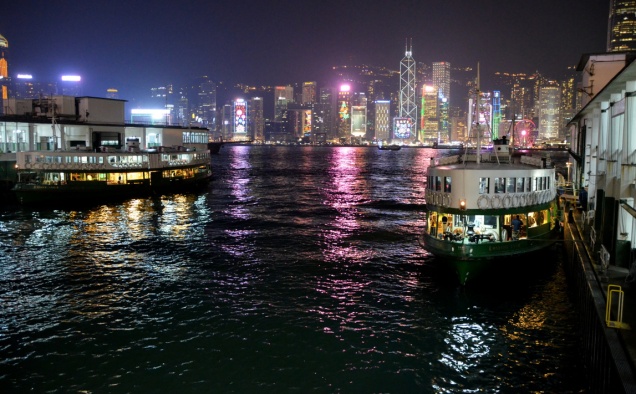

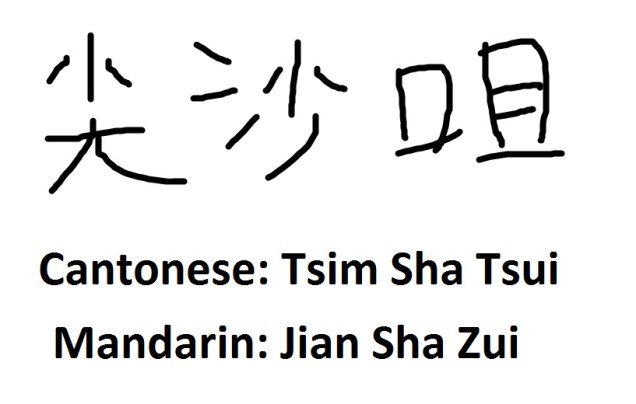

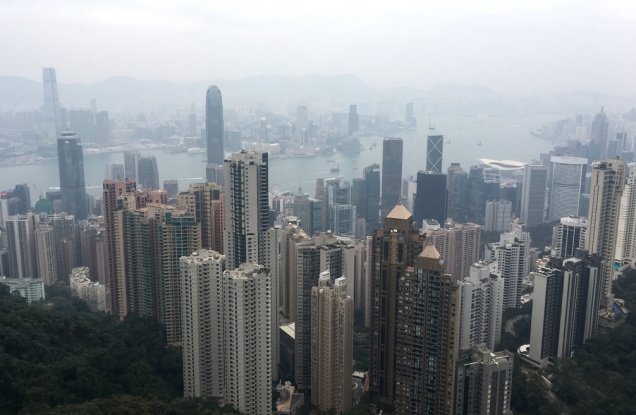
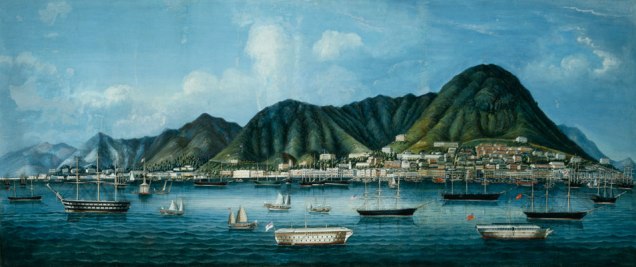
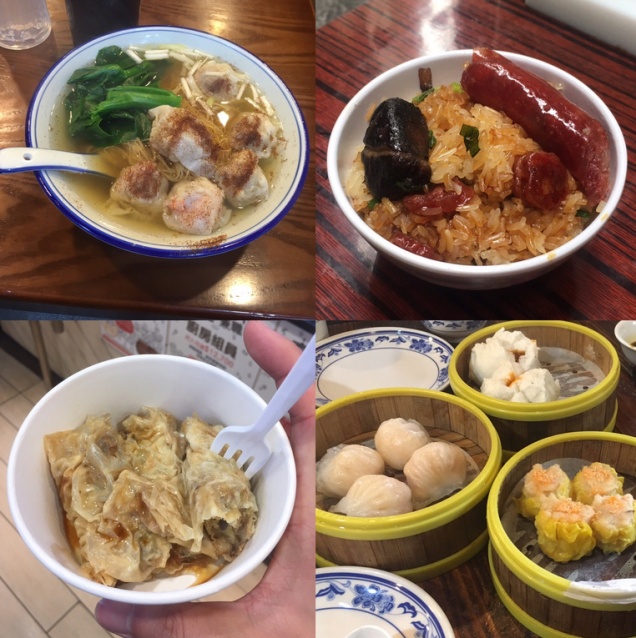


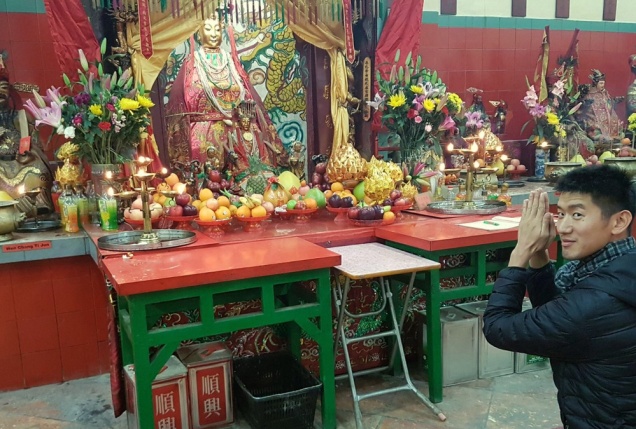
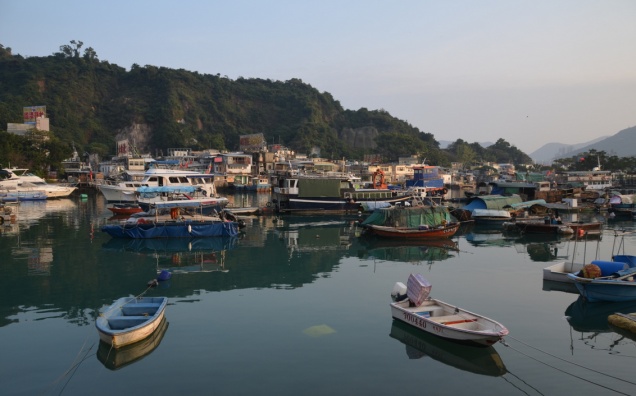

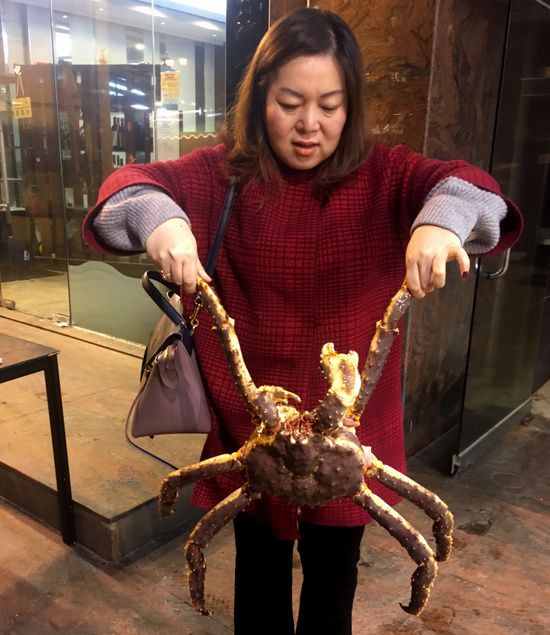
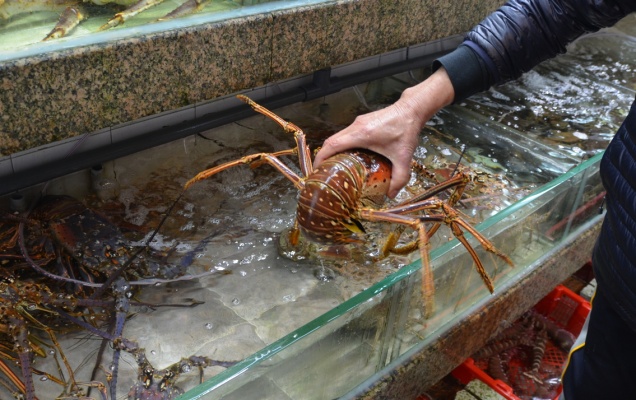
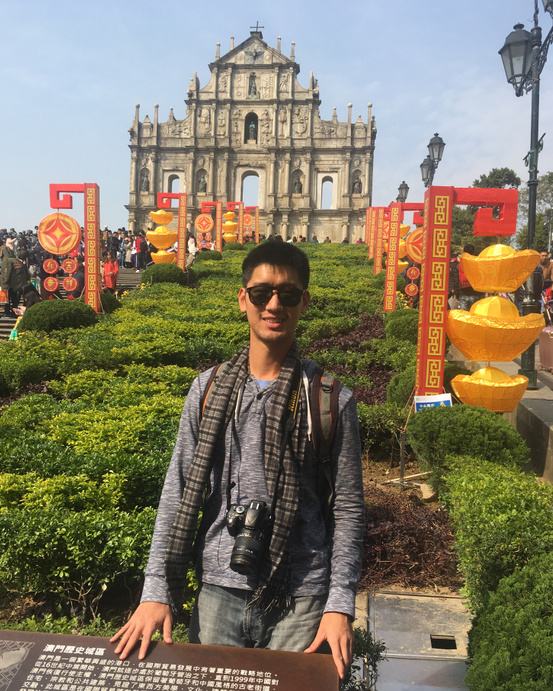

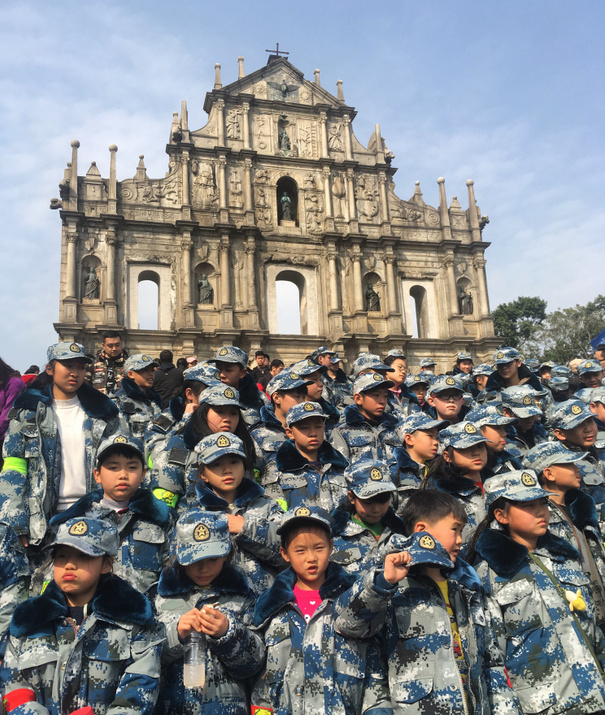
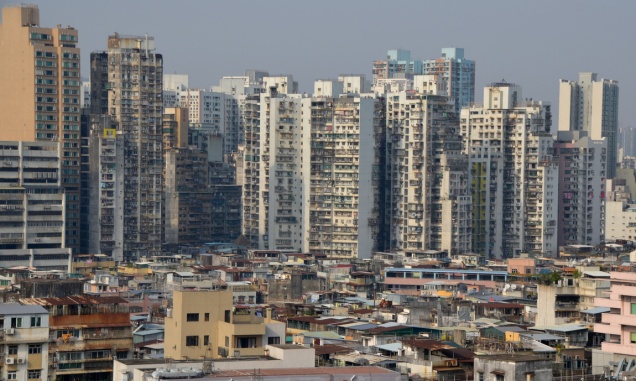


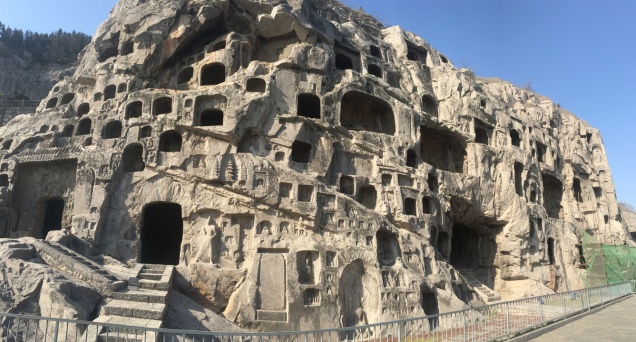


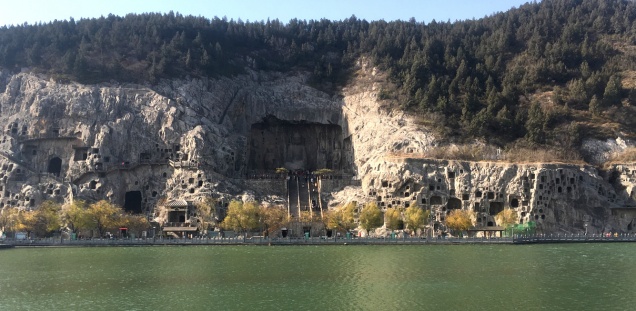


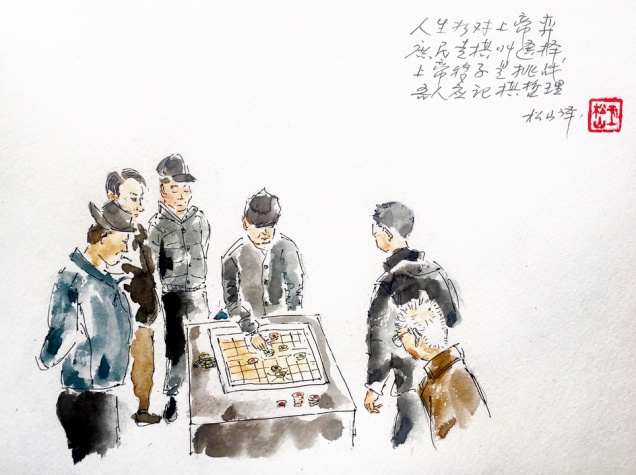

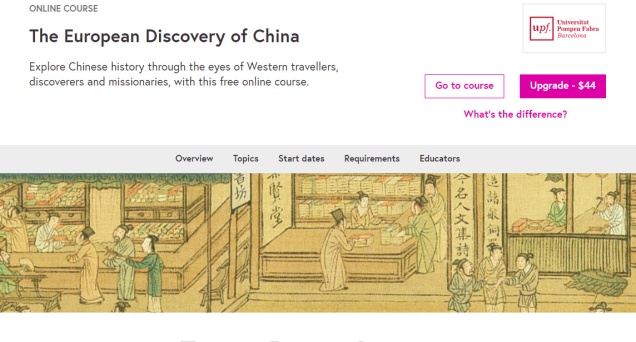
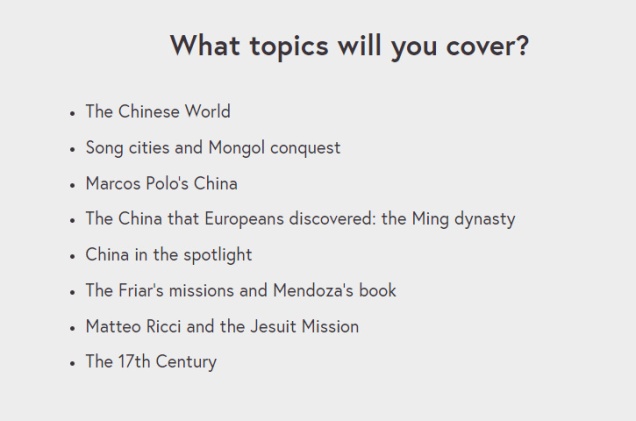

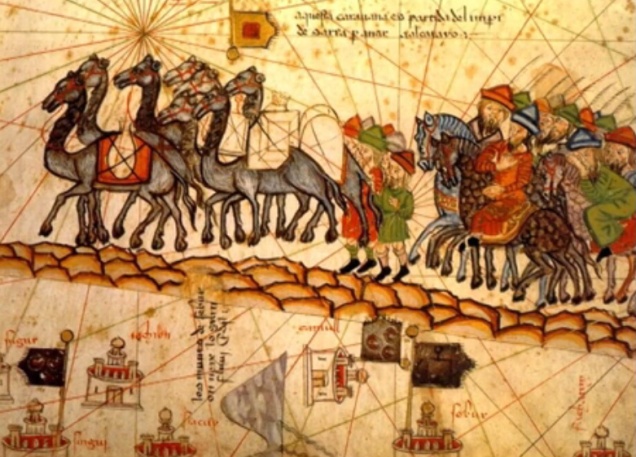

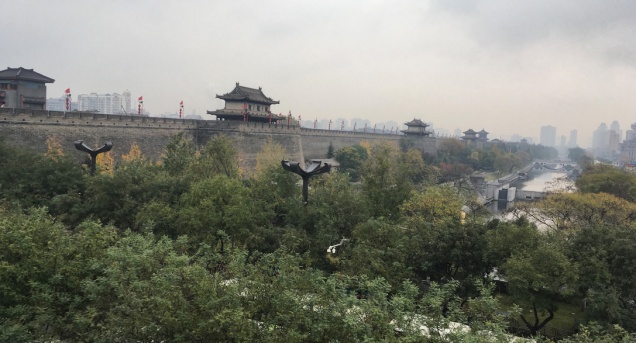
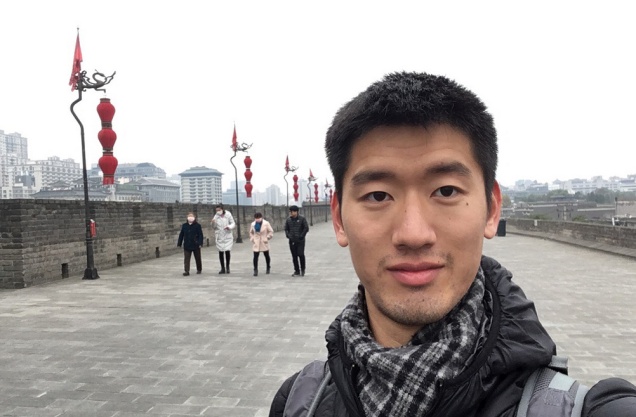
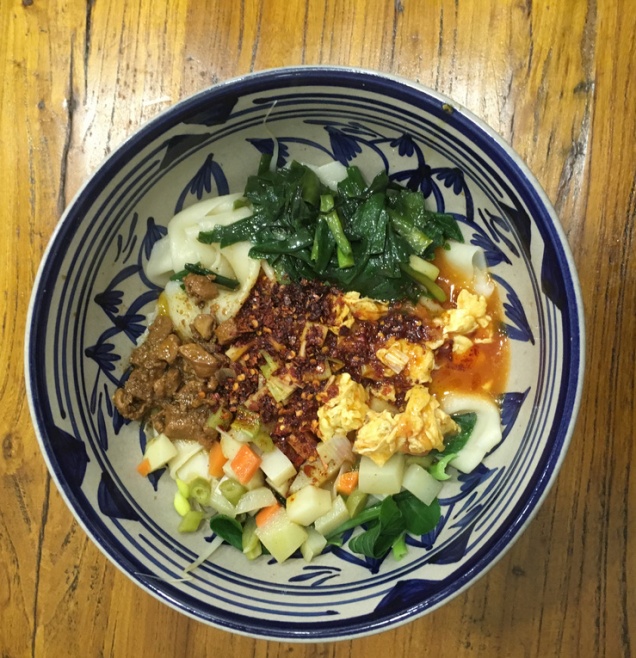

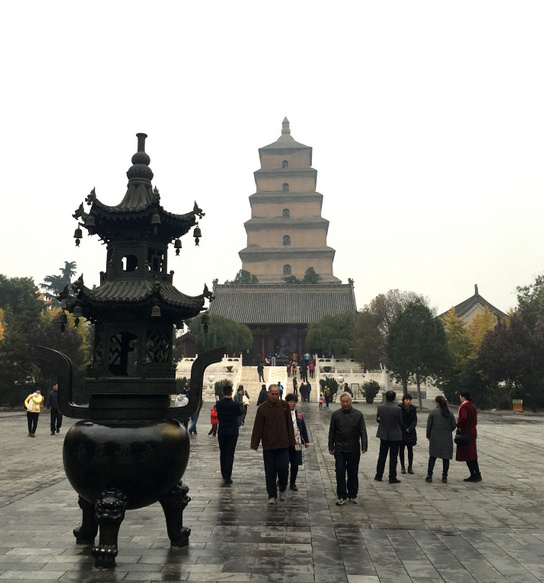 In 627 AD, the famous monk Xuangzang left China on a 17 year, road-trip journey to India, in an effort to gain a more enlightened understanding of Buddhism and bring back hundreds of original Sanskrit texts.
In 627 AD, the famous monk Xuangzang left China on a 17 year, road-trip journey to India, in an effort to gain a more enlightened understanding of Buddhism and bring back hundreds of original Sanskrit texts.
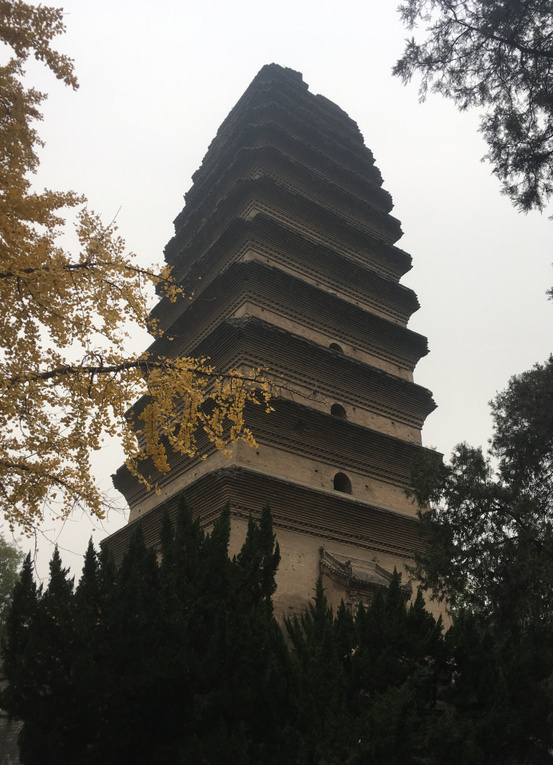 As more and more pilgrims returned from India with Buddhist texts, the two pagodas (and Xi’An as a whole) became a symbol for the spread of Buddhism throughout China.
As more and more pilgrims returned from India with Buddhist texts, the two pagodas (and Xi’An as a whole) became a symbol for the spread of Buddhism throughout China.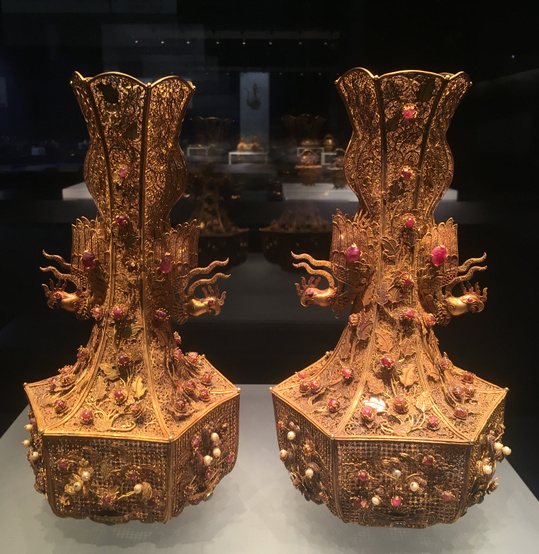 The gold work is mostly filigree- fine gold threads that are then woven together to form baskets, headpieces/ crowns, and (my favorite) vases.
The gold work is mostly filigree- fine gold threads that are then woven together to form baskets, headpieces/ crowns, and (my favorite) vases.

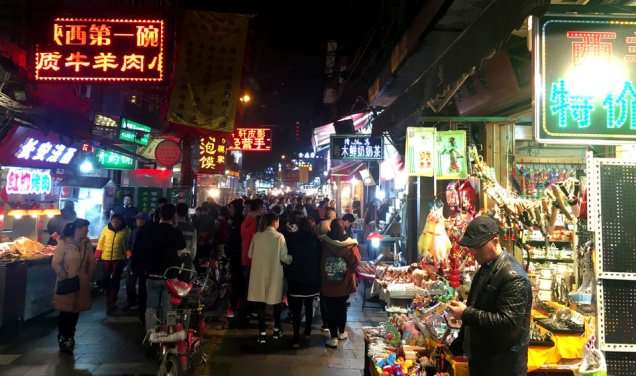
 Xi’An is also famous for Yang Rou Pao Mo 羊肉泡馍 (Mutton and soaked bread) which I obviously had to try.
Xi’An is also famous for Yang Rou Pao Mo 羊肉泡馍 (Mutton and soaked bread) which I obviously had to try.